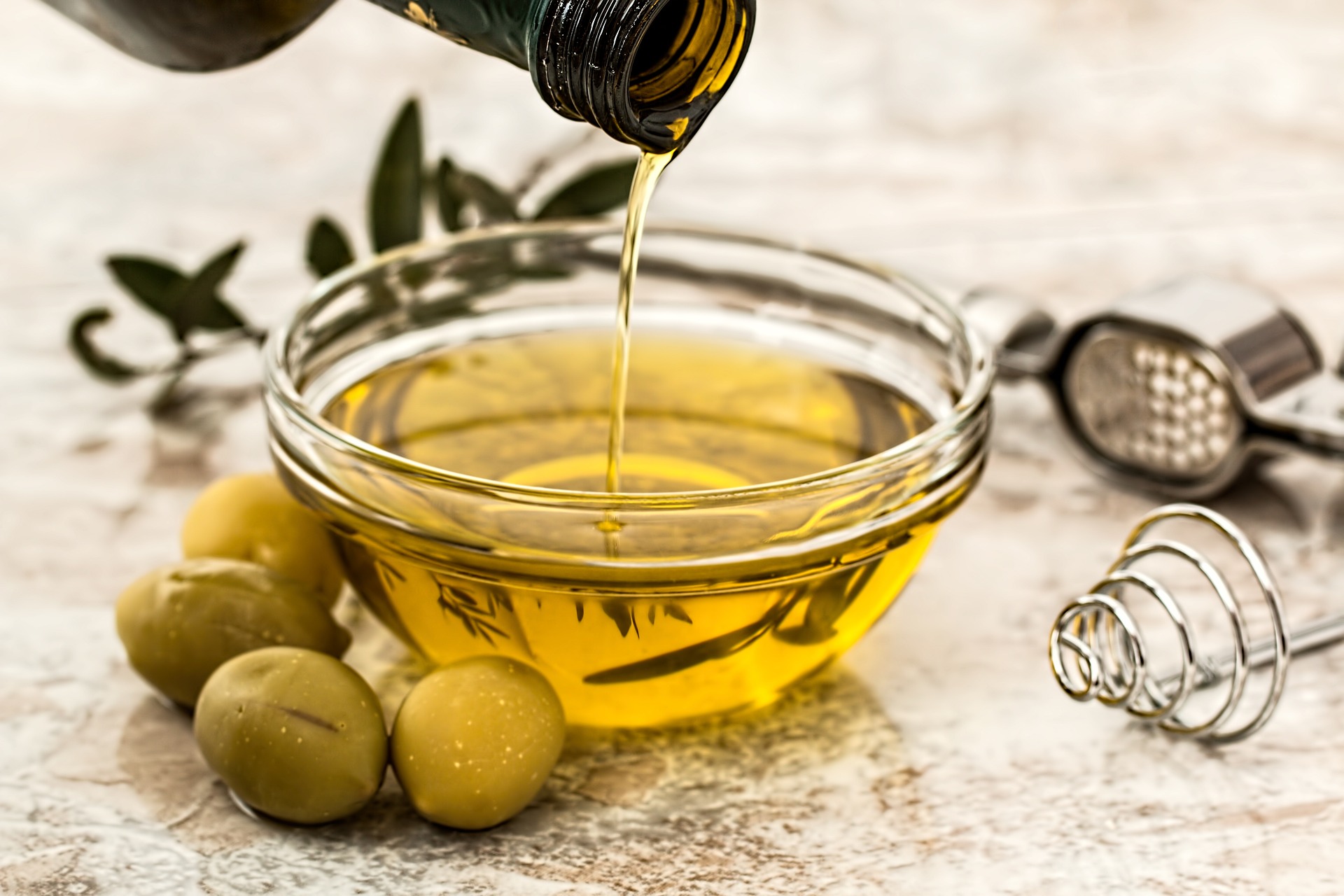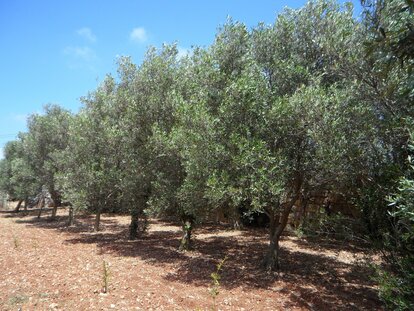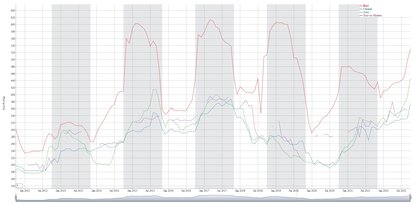ECONOMY
The Mediterranean olive grove in the face of climate change

There is no doubt that the backbone of the Mediterranean diet is olive oil, and it is precisely the countries of the Mediterranean basin that are the biggest producers. The olive tree is considered to be one of the species best suited and best adapted to the Mediterranean climate, however, in years like this one marked by persistent drought, with excessively high temperatures and lack of rain, olive oil production is being directly affected.
Not surprisingly, the report “The countdown is on. Impacts of climate change on Spanish agriculture” elaborated by COAG, points out that an average rise in temperatures of two degrees until 2050 would exponentially increase the negative consequences for this crop. "In the case of olive groves, climate change would reduce by 80 % the area suitable for olive cultivation in Andalusia in rainfed varieties such as hojiblanca and manzanilla".
The high temperatures have already forced areas such as the south of Spain to harvest almost a month earlier than usual and the 800,000 tonnes of production forecast in Spain means around 40% less than the previous season when 1.47 million tonnes were harvested, which is going to cause prices to rise. According to the Executive Secretariat of the International Olive Oil Council, the latest figures for the last week of October in Spain, the price of extra virgin olive oil at the oil mill was 471 euros per hundred kilos, which is 48% more than the previous year. In the case of Bari (Italy) this figure rises to 540 €, 33% more than in the previous year and drops to 385 € in Chania (Greece) which is 26% more.

Although climate change is a global phenomenon, not all countries are being affected in the same way. Thus, looking specifically at olive oil production, the westernmost countries of the Mediterranean basin could see significant drops compared to the eastern countries, which would increase their production. In this sense, the case of Turkey, which could become the second largest producer in the world, is particularly noteworthy. "This season we will obtain a total of 421,717 tonnes of olive oil, which means an increase of 79% compared to the previous season," affirms Mustafa Tan, president of the board of the Turkish National Olive and Olive Oil Council. Due to its geographical location on the north-eastern side of the Mediterranean, Turkey avoided the hot, dry weather that hit Europe this summer: "We have the most favourable climatic conditions and therefore the olive trees were relatively unaffected by climate change," Tan comments. All this will also bring about a change in the actors involved in foreign trade. "Our country can meet a significant amount of the supply shortages experienced in other countries". Indeed, considering that only Turkey and perhaps Greece have been spared from heat waves and lack of rainfall, both countries can become the alternative pantries for purchases for the European and international market.
In terms of imports, according to the International Olive Oil Council, eight markets account for around 80% of olive oil and virgin olive oil imports worldwide: the United States with 35%, the European Union with 17%, Brazil with 8%, Japan with 6%, Canada with 5%, China with 4%, Australia with 3% and Russia with 2%. And of the producing countries in the Mediterranean basin, Spain, during the 2020/2021 season, exported more than 29%, followed by Tunisia with 26%, Italy with 20%, Turkey with almost 3% and Greece with 2.2%.

Graph on the evolution of monthly prices of extra virgin olive oil.
© El Consejo Oleícola InternacionalDespite the fact that many voices resemble this season to that of 2014/15 where Spain was below 900,000 tonnes, the International Olive Council has a positive view of the situation: "Production is on the increase due to the fact that new plantations are being installed and existing ones are being restored. In addition, the use of new semi-intensive and extensive plantations with high densities of trees per hectare is increasing production. Work is also being done with grafting, more efficient water procedures, as well as improving the mechanisation and dynamisation of the sector". And they add: "Nor should we forget that imports and consumption worldwide follow a positive long-term trend, so the future prospects for the sector are optimistic".
However, on balance, olive oil production in the European Union as a whole is expected to fall dramatically compared to last year. The organisations COPA and COGECA speak of a 35% reduction, pointing out that in Spain the situation is "particularly worrying".
However, despite the fact that the olive tree is one of the species most resistant to lack of water, if we bear in mind that the Mediterranean is one of the regions that are going to warm up the most in the coming years, the use of high-tech irrigation systems will be key to alleviating this situation.
